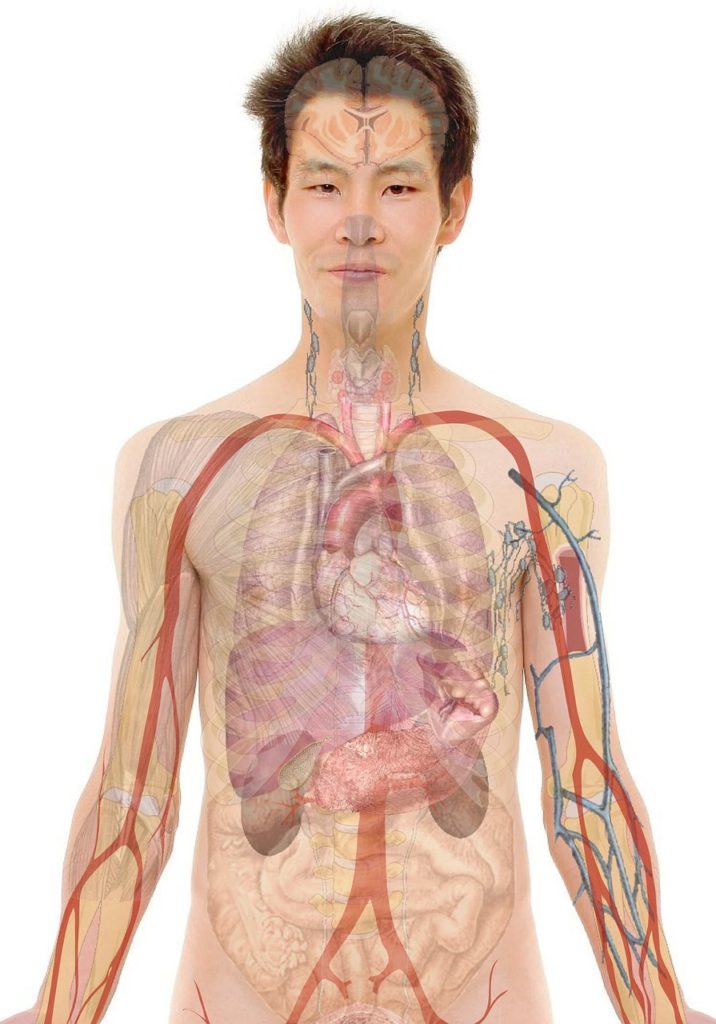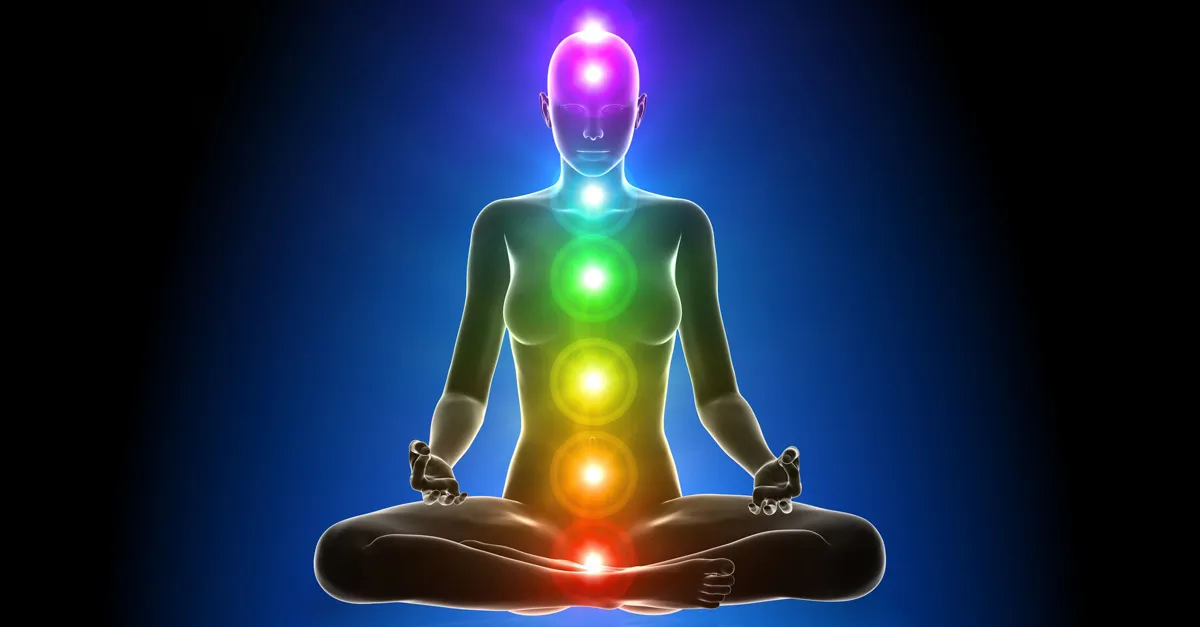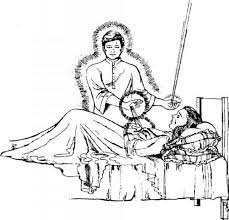What exactly does healing mean? In terms of our physical body, we refer to the term as achieving a state of health free from injury or illness, whereas when it comes to our emotions and mind we consider healing as coming to terms with a feeling or experience and being at peace.

Regardless of what form it takes, healing is our body’s attempt to return to a healthy state. Medicine is essentially the science and practice of aiding our body before, during, or after its repair process using treatments such as drugs, surgery, and other kinds of therapies. But what if there’s a way for the body’s own healing abilities to be accelerated through means that don’t solely rely on medicine?
While magic or fictional superpowers may sound like the only solutions, what some believe to be the best answer to the aforementioned question is an approach known as pranic healing.
Pranic healing is an energy “no touch” healing system based on the fundamental principle that the body has the power to heal itself1. In Sanskrit, “prana” refers to vital energy or life force and we absorb it from three main sources: the sun, the air, and the earth. By using the life force’s energy, or prana, to accelerate the body’s innate repairing abilities, pranic healing can be used to complement conventional medicine and has been shown to contribute to better health, quality of life, and well-being.

According to the founder of modern pranic healing, Choa Kok Sui, the body emits a field of energy that consists of two elements: the inner and outer auras. In the energy body, there are different energy centers and in the yoga system, these centers are called chakras.
Chakras are believed to be whirling energy centers that play a vital role in the proper functioning of an organ. In order to operate, those centers continuously absorb fresh energy from surroundings while expelling used-up and deceased energy.
When deceased energy accumulates in any of these centers for a prolonged period, the organs controlled by that energy center begin to get affected- causing what modern medicine classifies as a disease.
Pranic healing focuses on removing that deceased energy through a process known as cleansing, and replacing it with clean cosmic energy- referred to as energising2.

After reading all this, you might be a bit skeptical about the scientific validity of any of the aforementioned statements. The concept of chakras and auras was derived from ancient Hindu practices and has no known scientific evidence to back their existence up. So if the very basis of pranic healing hasn’t been scientifically proven yet, how real is it and how effective can it be?
Well, according to Dr. B. Chendil Nathan- a neurosurgeon who practices in Chennai, India- pranic healing enables surgery to be easier for both surgeons and patients.
When comparing thirty patients at his hospital undergoing surgical intervention alongside pranic healing with patients at another hospital undergoing surgery without pranic healing, the differences were striking. It was shown that pranic healing reduced pain, blood loss, hospital stay, induced faster wound healing, and improved neurological outcomes3.
However, thirty patients is a rather small sample size, and Dr. Chendil Nathan claims are not based on an official research study but rather his own experiences and surgical reports.
Clinical trials testing out the effectiveness of pranic healing have also been conducted, and they too have shown some positive effects.
In one study, a group of fifty-two participants with mild to moderate depression were split evenly into two groups throughout a five-week period. Participants in both groups received escitalopram- an antidepressant medication- but one group would undergo twenty-minute pranic healing sessions once a week for four weeks, whereas the other group would undergo mock pranic healing sessions for the same amount of time as the other group.
In mock pranic healing, gestures used in pranic healing techniques were utilized but without any energy transfer.
To measure the participants’ improvement over time, their depression was measured by the 17-item Hamilton Depression Rating (HAM-D) scale before and after the study. In the group of participants that received the medication as well as mock pranic healing, 18 of 26 patients’ conditions improved. Incredibly, in the group that received medication along with actual pranic healing, all the patients’ conditions improved, showing that using pranic healing to complement the medication added a 30.8% improvement4.
However, once again there are caveats concerning the effectiveness of pranic healing when dealing with depression.
Because this was a pilot study, its sample size of fifty-two is too small to derive valid conclusions. There is also the fact that there were no cases of severe depression in the study, so not every component of depression was analyzed, preventing higher statistical analysis.
Despite this, the results shown through the study have been positive, and it can be seen that people who were affected by depression had their pain alleviated or even gotten rid of through the combination of medicine and pranic healing.
Many consider pranic healing as a way of life and incorporate it into their daily practices, whereas others regard it as a pseudoscience with no definitive proof of its effectiveness. It is important to keep in mind that due to the lack of sufficient empirical evidence in this field, it should not be used as a sole method of healing; furthermore, it’s results could be entirely subjective and fluctuate throughout certain subjects.
Regardless of your stance, the main thing to take away from this article is that pranic healing has just as much to do with believing as it does practicing. If you accept it as a form of treatment, it can be used to supplement traditional medicine and help your body do what it seeks to do the most: maintain its health.


